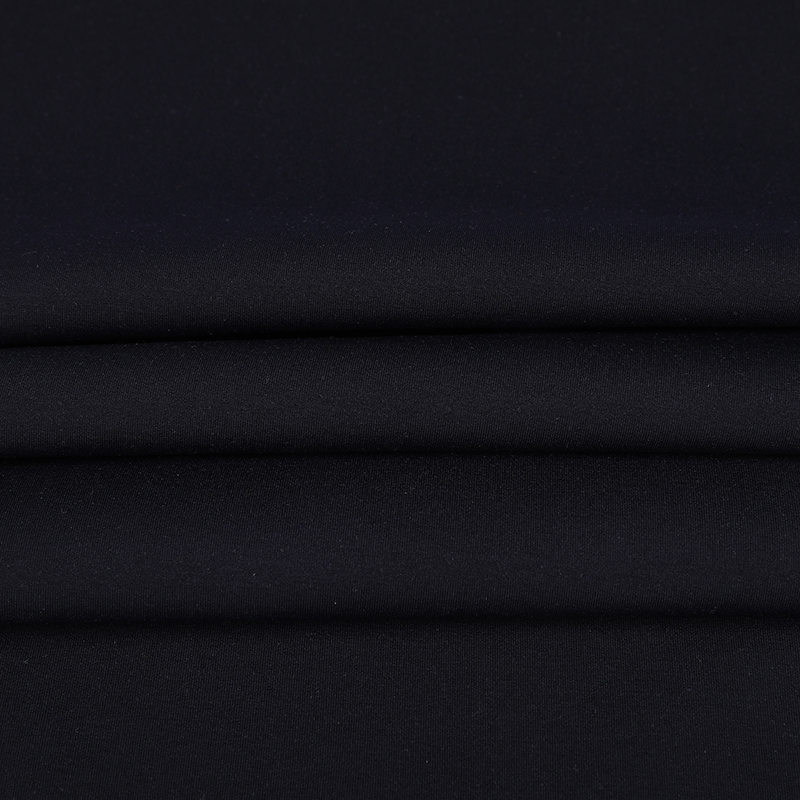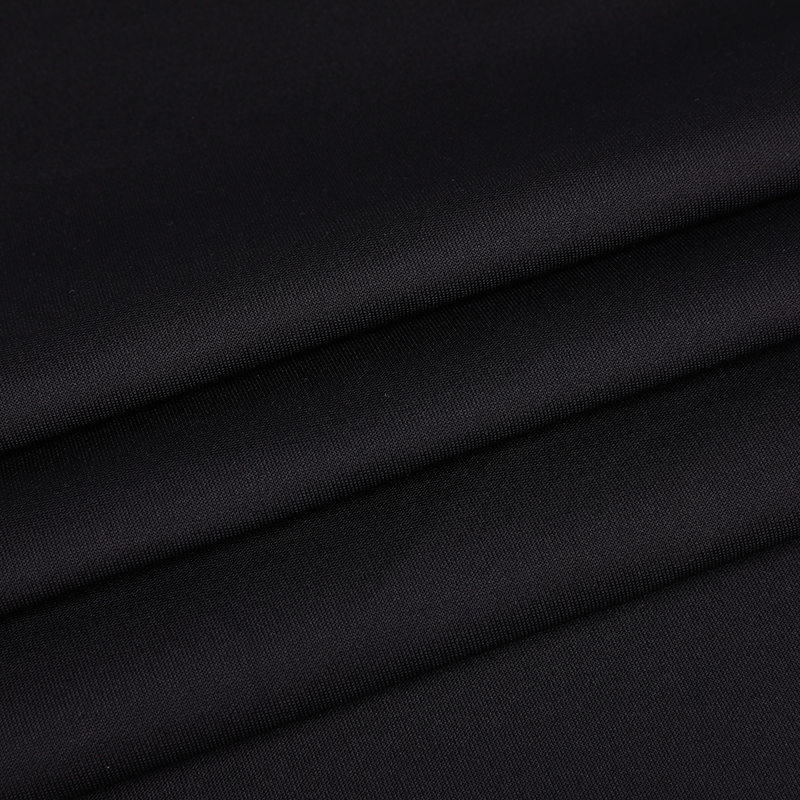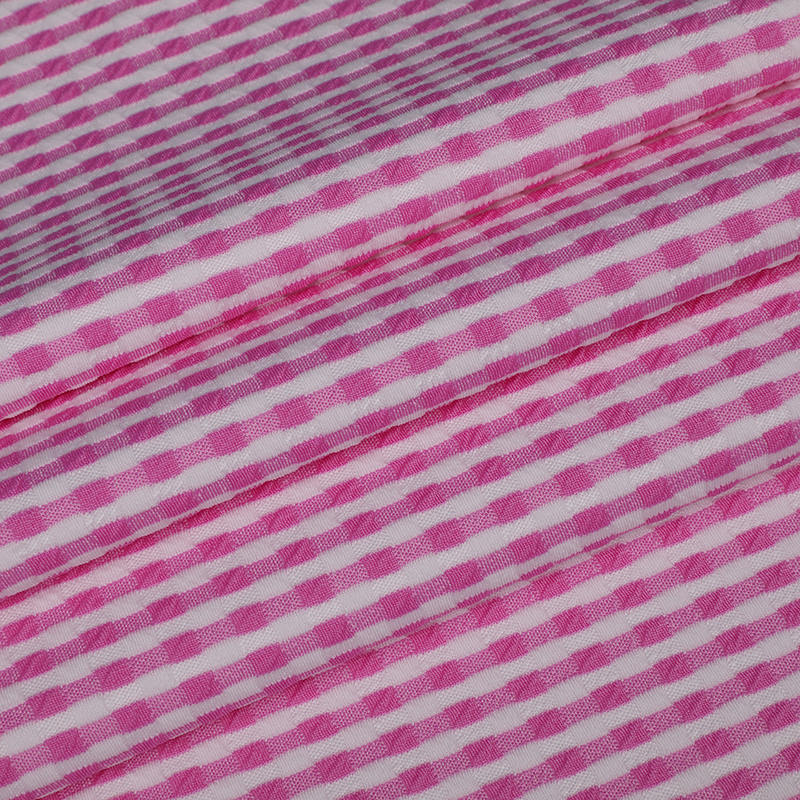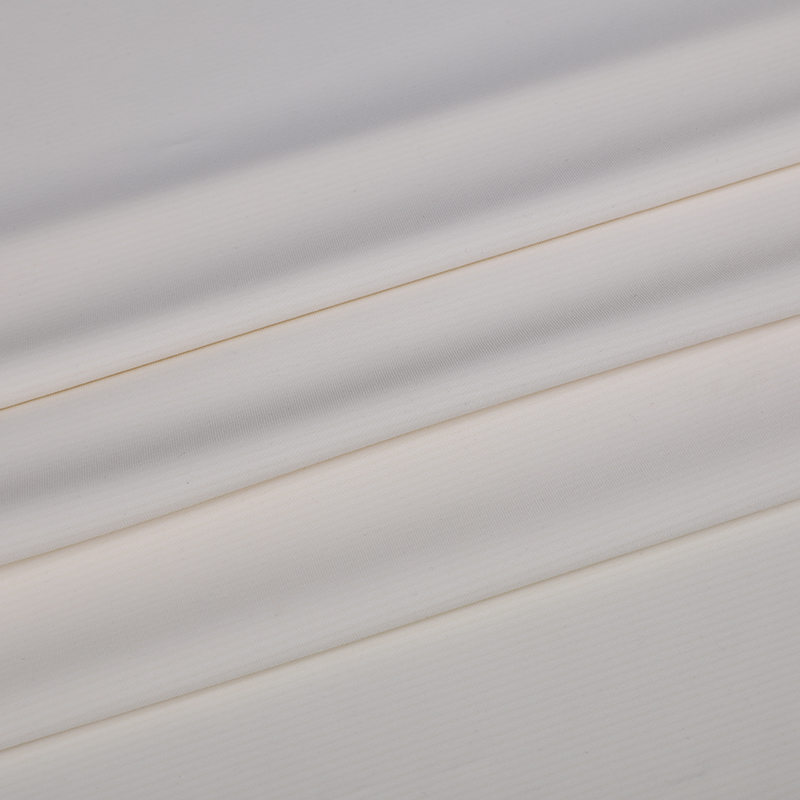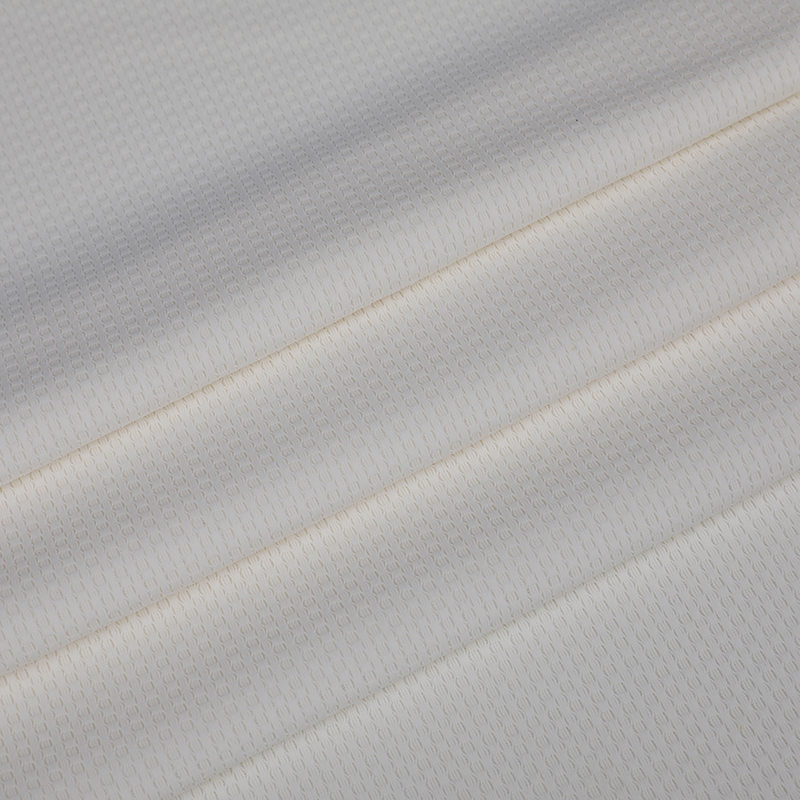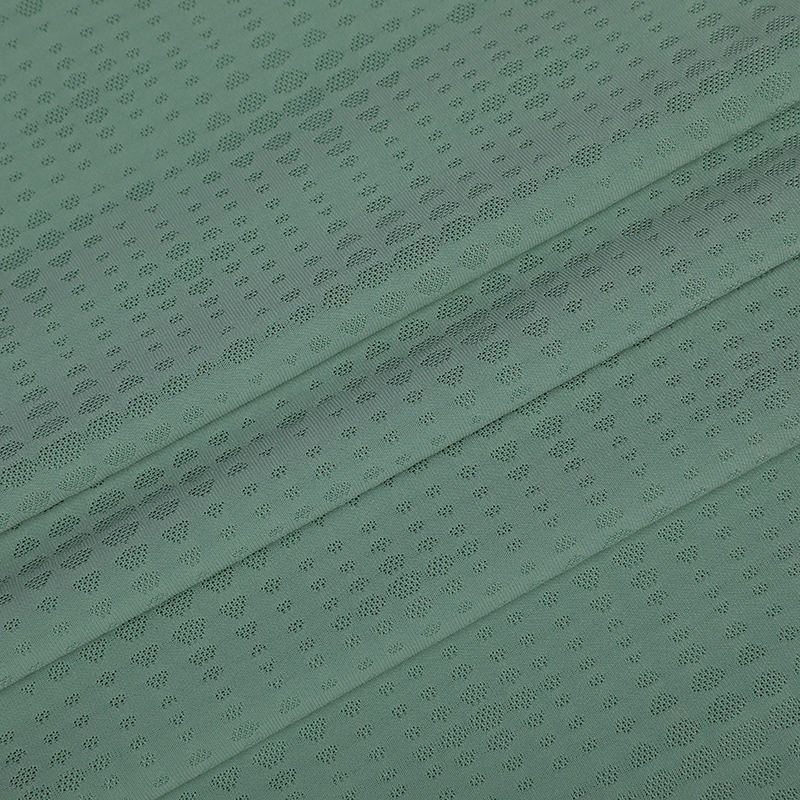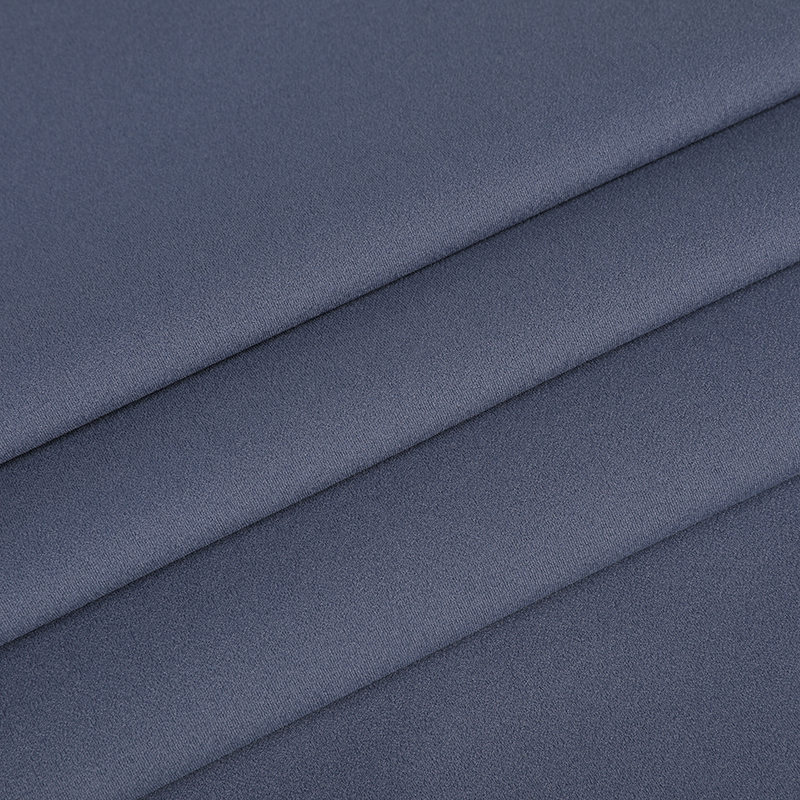Submit feedback
2025 New trend of fast fashion fabrics: the integration trend of recycled materials and trendy design
2025-06-19
Recycled materials rise, environmental innovation of fast fashion fabrics
In recent years, with the deepening of environmental awareness, the fashion industry has paid more and more attention to sustainable development. As an important force in the clothing market, fast fashion brands are also actively engaged in environmental protection transformation. Among many sustainable initiatives, the application of recycled materials in fabrics has become a key link. Taking recycled polyester as an example, it is mainly made by recycling used polyester, such as waste plastic bottles, old clothes, etc. Compared with native polyester, recycled polyester greatly reduces the consumption of new resources, reduces carbon emissions in the production process, and brings significant green benefits to the industry.
Internationally, markets such as the EU have raised requirements for recycling ingredients in textiles, prompting fast fashion brands to accelerate the adoption of recycled materials. SHEIN, a world-renowned online fashion and lifestyle retailer, has joined hands with Donghua University to develop a new generation of polyester medium polymer recycling solutions. This solution can expand the scope of recycled materials, covering pre- and post-consumption polyester materials, as well as waste textile materials and PET bottles, etc., and after testing by Donghua University, this process can be recycled repeatedly on recycled polyester and has no significant impact on the performance of textile materials. The plan is expected to be promoted to industrial suppliers in June 2025, and suppliers are expected to achieve an annual industrialization capacity of 3,000 tons of fiber.
In addition to recycled polyester, recycled nylon has also emerged in the fast fashion fabric field. The fine, densely woven recycled nylon fabric with waterproof coating improves the functionality of the fabric by using environmentally friendly fibers, and has the characteristics of waterproof, breathable, wear-resistant, and is suitable for the production of outdoor clothing, sports clothing, etc. This recycled nylon fabric that combines environmental concepts with powerful features has taken a major role in the fast fashion stage in 2025.
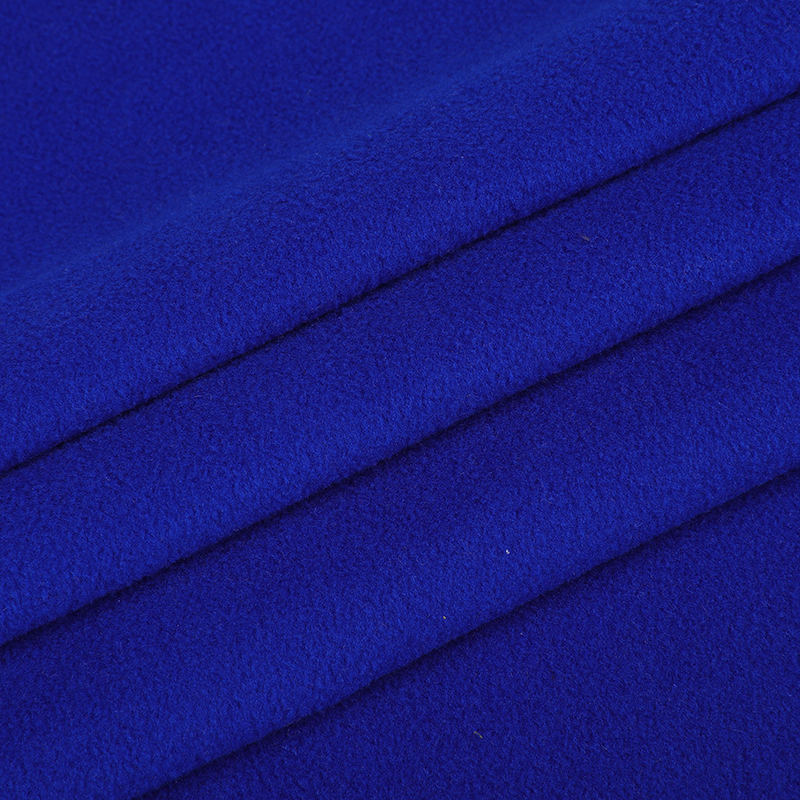
The trendy design is integrated, and the recycled material is fashionable and charming
The widespread use of recycled materials in fast fashion fabrics has not come at the expense of fashion sense. On the contrary, designers cleverly combine trendy design with recycled materials to give them a unique charm. Amidst the 2025 fashion show and street trends, recycled fabric clothing attracts consumers' attention with a variety of design styles.
From the perspective of color application, the spring and summer popular colors of 2025 show a different vitality on recycled materials. For example, the "Dawn Powder" symbolizing the gentleness of springtime has a ethereal texture on skirts and knitted items with recycled cotton or recycled silk fabrics; the "pulse blue" originated from the Cyber world, and the high-saturation cool blue light is specially printed and dyed on sportswear made of recycled polyester fiber materials, showing a flowing effect while walking, full of science fiction and modern atmosphere.
In terms of pattern and texture design, retro prints and recycled materials collided to create sparks. Many brands have used retro printing on recycled fabrics, combining bold color choices and unique proportional designs to bring a refreshing visual experience. Some fast fashion brands have launched corduroy fabric clothing based on recycled fiber. Corduroy, as a textured fabric with retro texture, has its own warm attributes and is combined with recycled materials, which not only shows a fashionable style but also conforms to environmental protection concepts. In addition, the classic element of lace has also been newly interpreted in 2025. The layered exquisite lace shows a three-dimensional beauty on the recycled fiber material, breaking the limitations of the plane, adding texture and depth, and highlighting the retro and luxurious texture. It is often used in fast-fashioned dresses, underwear and other designs.
Empowering process innovation and promoting the development of integration trends
The integration of recycled materials and trendy design is inseparable from the support of process innovation. In the fabric production process, new manufacturing processes continue to emerge to improve the quality and performance of recycled materials. For example, some companies use advanced physical and chemical treatment technologies to improve the feel, strength and color of recycled fibers, so that they can better meet trendy design needs. During the textile process, by improving the weaving and printing and dyeing processes, the pattern and color presentation of recycled material fabrics can be diversified. The application of digital printing technology in recycled fabrics is becoming more and more mature, and can accurately present various complex patterns, from exquisite flowers to abstract artistic patterns, providing rich choices for trendy designs.
Designers are also constantly exploring the clothing production process. Through clever tailoring and splicing techniques, recycled materials of different textures are combined to create a unique sense of clothing silhouette and layering. For example, combining the tough texture of recycled nylon with the softness and smoothness of recycled silk to create a jacket that combines functional and fashionable feel. At the same time, in terms of details, laser cutting hollowing, micro-embroidery and other processes are used to create geometric light and shadow effects and exquisite decorations on recycled clothing, adding personality and artistic sense to fast fashion clothing.
In 2025, the trend of integration between recycled materials and trendy design in the fast fashion fabric field has become increasingly obvious. From environmental innovation to display of fashion charm, to empowering process innovation, this trend is reshaping the fast fashion industry in all aspects. With the continuous advancement of technology and the continuous improvement of consumers' environmental awareness, fast fashion fabrics that deeply integrate recycled materials and trendy designs are expected to become the mainstream of the market in the future and lead the fashion industry to a more sustainable and creative development path.



 English
English 中文简体
中文简体 Español
Español 日本語
日本語


